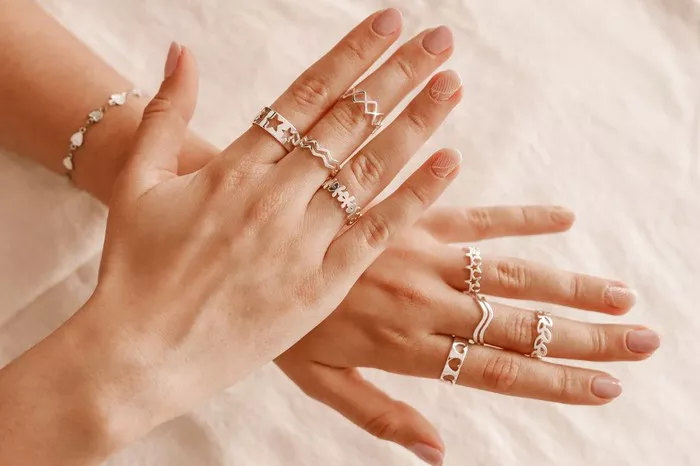In another significant development, sustainability and ethical sourcing have moved from niche concerns to central priorities for luxury jewelry brands. A recent survey by McKinsey & Company found that 75% of high-end jewelry consumers now consider sustainability when making a purchase, up from just 35% five years ago. This shift has forced brands to adopt transparent supply chains, reduce their environmental footprint, and ensure fair labor practices—or risk losing customers.
Leading the charge in this movement are brands like Chopard, which has committed to using 100% ethical gold in all its products, and Tiffany & Co., which now discloses the provenance of all its diamonds. These initiatives are not just marketing strategies but reflect a deeper industry-wide transformation. The Responsible Jewellery Council (RJC) has seen a 60% increase in membership over the past two years, as more brands seek certification to prove their commitment to sustainability.
One of the most notable trends in this space is the rise of recycled precious metals. Mining for gold and platinum is notoriously destructive, contributing to deforestation, water pollution, and carbon emissions. In response, many jewelers are turning to recycled materials, which require significantly less energy to process. Pandora, the world’s largest jewelry brand by volume, recently announced that it will exclusively use recycled silver and gold by 2025—a move that could save over 60,000 tons of CO2 emissions annually.
Beyond materials, traceability has become a key focus. Blockchain technology is increasingly being used to track the journey of gemstones from mine to market, ensuring they are conflict-free and ethically sourced. Companies like Everledger and IBM’s TrustChain initiative are partnering with jewelers to provide immutable records of a diamond’s origins, giving consumers peace of mind.
Consumer demand for sustainability has also spurred innovation in jewelry design. Brands are experimenting with alternative materials, such as lab-grown gemstones, vegan leather straps, and even biodegradable packaging. The rise of the “circular jewelry” model, where customers can trade in old pieces for store credit, is another example of how the industry is adapting to eco-conscious buyers.
However, challenges remain. The lack of standardized regulations in ethical sourcing means that some brands may engage in “greenwashing”—making false or exaggerated sustainability claims. Additionally, the higher costs associated with ethical practices can make sustainable jewelry less accessible to budget-conscious consumers. Despite these hurdles, the push toward sustainability shows no signs of slowing down, with experts predicting that it will soon become the industry standard rather than a differentiator.
You Might Be Interested In:

